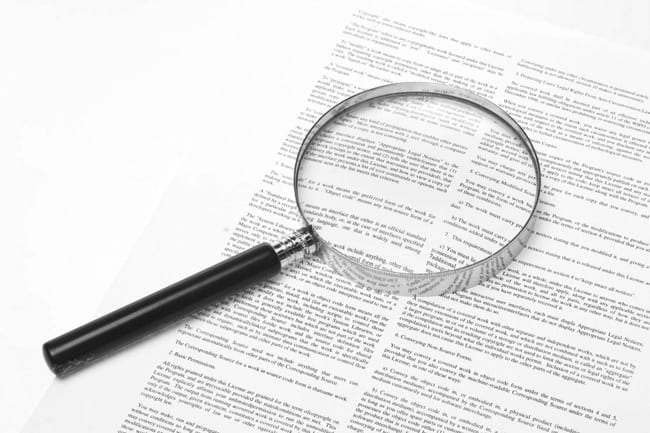
Increased Conveyancing Charges From 1 July 2021
July 2, 2021
Can Trusts Own Land?
September 1, 2021An easement is the right of a party to use land that does not belong to them. There are two parties to an easement:
- The Dominant party. This is the easement holder who has the right to use the land. Common examples are neighbours having the right to traverse the land along the easement, or local authorities such as the water authority or council that have underground assets running across the land such as sewers or drains. As these easement holders may need to access their underground asset from time to time, you would generally need their permission if you want to build over the easement.
- The Servient party. This is the land owner whose land is affected by the easement.
Easements are registered if they are shown on the plan, together with their ownership. Sewerage easements are sometimes not shown on title plans, and are thus unregistered.
An unused registered easement can be removed from a title by the servient party applying to the Registrar of Titles. Alternatively, a dominant party can agree to their easement being removed from the servient party’s title as the result of an agreement between the parties, which may involve consideration.
Should you have concerns and questions about Easement and other property conveyancing in Melbourne, contact Glenferrie Conveyancing in Northcote on 03 9815 2351 for more information.





